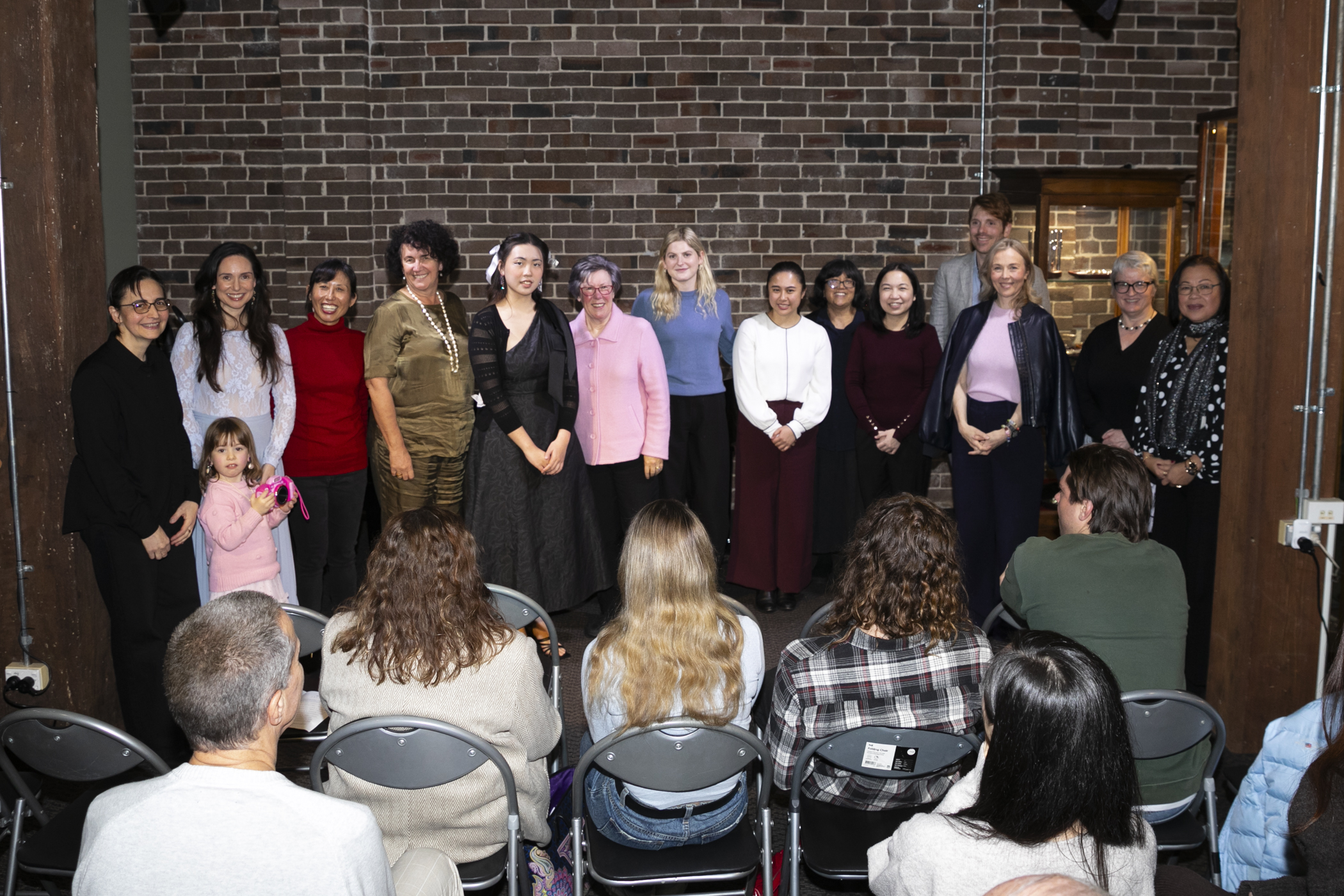When things go bump in your voice: How to smooth out your register shifts
Hey ladies: ever noticed a bump, crack or click in your middle voice as you shift between registers? Getting the right mix of head and chest voice to create a strong and flavoursome middle voice will ensure a smoother road ahead.
When it comes to your middle voice, the first thing to learn is that it’s not alone. You might spend most of your singing time in the middle register, but without mixing in a balanced dose of chest and head voice at the right times, register shifts will stick out like a sore thumb!
Just as the correct quantities of flour, milk and butter determine whether your scones rise, mixing in the right amount of chest and head voice will ensure your resonance soars.
While that balance is different for every singer and changes with each song, with time and practise you can learn to balance the weight between the different parts of your voice and avoid the bumps!
This ‘mixed voice’ is particularly important for women, as your middle voice is longer than that of the opposite sex, with more register shifts. (It also explains why it’s beneficial for male singers to work on their falsetto, as it prevents their shorter middle voice from becoming weak and breathy.)
 Lisa Rodrigues (pictured right) came to me three months ago to build her voice from “the ground up” and in particular, sort out her “clicky” register shifts. “I used to sing in a soul cover band and because I’ve got a strong chest voice, I used to push that chest sound higher and higher,” said Lisa.
Lisa Rodrigues (pictured right) came to me three months ago to build her voice from “the ground up” and in particular, sort out her “clicky” register shifts. “I used to sing in a soul cover band and because I’ve got a strong chest voice, I used to push that chest sound higher and higher,” said Lisa.
“I was trying to reach the notes in my middle voice using my chest voice and I could feel that I was straining, but wasn’t quite sure how to do it any other way. Now I’m learning techniques to make those sounds without having to struggle.”
Among other things, Lisa has worked on strengthening her abdominal muscles and keeping her throat open. “Using my throat to shift registers was an old performance habit. Now I’m learning to manage and coordinate my abdominal muscles to help change those clicky registers,” she said. “I’m also focused on keeping my throat open and as Kathleen describes it, putting in teaspoons of head voice at the right time as I’m going up a scale.” Read more about Lisa’s singing lessons
Are you struggling with register shifts? Here are some exercises to start today:
Step by step
I often ask my students to see their middle voice as a ladder with rungs close together and visualise moving their voice up and down, bit by bit. Singing five-grouped notes up and three-grouped notes down is a good exercise. Three descending notes sung slowly will make you work a little bit harder to ensure the tone quality doesn’t weaken.
Vow to improve your vowels
Just like the kids skulking at the back of the class can trouble a teacher, the back vowels in your middle voice can prove pesky too. The ‘oo’ and ‘oh’ sounds are typical back vowels that will benefit from your close attention, so try adding these to your practice regime.
Back to breathing
Getting your breath moving is a good way to support the work that your vocal chords (or folds) do during a register shift. Incorporate simple breathing exercises into day-to-day life and you’ll notice the difference. While the middle voice is often the strongest for women, it’s not always the easiest when it comes to register shifts. Regular exercises will help you understand when to mix in a little head voice or when your chest voice is required. The result will be a middle voice with colour, fullness and the soaring resonance that you’re looking for.




